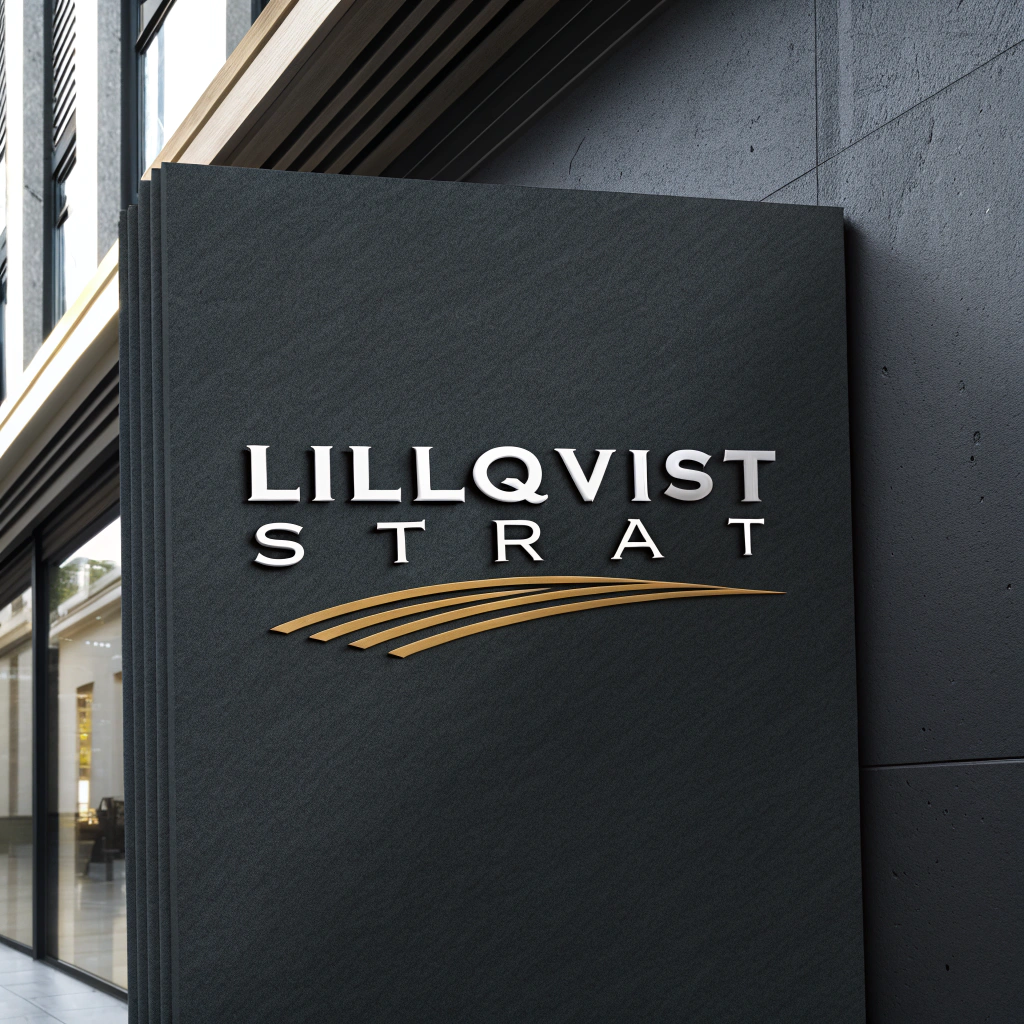Revolutionizing Supply Chain Efficiency
In today’s fast-paced business environment, managing inventory efficiently is crucial for maintaining profitability and meeting customer demands. Traditional inventory management methods often rely on manual tracking and guesswork, leading to overstocking, stockouts, and wasted resources. However, with the integration of AI and IoT (Internet of Things) technologies, businesses can streamline their inventory management processes, ensuring real-time tracking, predictive analysis, and automated restocking. This combination of smart technology not only enhances operational efficiency but also helps businesses save money by minimizing both excess inventory and stockouts.
At Lillqvist Strat, we specialize in helping businesses implement AI and IoT-powered solutions for dynamic inventory management. With our expertise, companies can avoid the common pitfalls of manual inventory management and unlock a new level of precision and automation.
Integrating IoT with AI for Real-Time Inventory Tracking
The first step in transforming inventory management is real-time tracking, made possible by IoT devices. These sensors, RFID tags, and other smart devices collect data on inventory levels, product movements, and location in real-time. IoT allows businesses to track inventory across multiple locations and warehouses seamlessly, eliminating the need for manual stock counting and reducing human error.
When paired with AI, these IoT devices become even more powerful. AI algorithms process the data gathered from the IoT devices to provide real-time insights into inventory levels, product demand, and movement patterns. This data can then be used to predict trends and identify potential shortages or surpluses before they occur, allowing businesses to take proactive measures to maintain optimal stock levels.
Sample Code for Real-Time Inventory Tracking:
import random
import time
# Simulating IoT devices with real-time inventory data
inventory_data = {
'product_id': [101, 102, 103, 104],
'product_name': ['Laptop', 'Headphones', 'Smartphone', 'Tablet'],
'current_stock': [50, 100, 200, 150],
}
# Function to simulate real-time inventory updates
def update_inventory(product_id, quantity_change):
for i in range(len(inventory_data['product_id'])):
if inventory_data['product_id'][i] == product_id:
inventory_data['current_stock'][i] += quantity_change
print(f"Inventory updated for {inventory_data['product_name'][i]}: {inventory_data['current_stock'][i]} units")
# Simulating real-time updates and alerts
def monitor_inventory():
while True:
# Randomly update inventory levels (simulating IoT)
product_id = random.choice(inventory_data['product_id'])
quantity_change = random.randint(-10, 10) # Positive for restocking, negative for sales
update_inventory(product_id, quantity_change)
time.sleep(5) # Simulating real-time monitoring every 5 seconds
monitor_inventory()In this code, we simulate real-time inventory updates using IoT devices. AI can use this data to predict demand trends and optimize stock levels, ensuring businesses stay on top of inventory fluctuations without manual intervention.
Automating Restocking and Order Placement for Seamless Operations
With AI and IoT integration, the next step is automation. By analyzing real-time inventory data, AI systems can predict when stock levels will reach a critical threshold and automatically trigger restocking or order placement. This ensures businesses never run out of stock or overstock, both of which are costly issues.
For example, if a particular product’s stock level falls below a predefined threshold, the system can automatically place an order with suppliers, without requiring human intervention. Additionally, AI can forecast demand based on historical data, sales trends, and external factors like seasonality or promotions, making restocking decisions more accurate.
Sample Code for Automated Restocking:
import datetime
# Function to predict and automate restocking
def automate_restocking(product_id, stock_level, reorder_threshold):
# Check if stock level is below the threshold
if stock_level < reorder_threshold:
# Simulate order placement
order_quantity = reorder_threshold - stock_level
order_time = datetime.datetime.now().strftime('%Y-%m-%d %H:%M:%S')
print(f"Restocking triggered for Product {product_id}. Order placed at {order_time} for {order_quantity} units.")
return order_quantity
else:
print(f"Stock level for Product {product_id} is sufficient.")
return 0
# Example of automated restocking for product 101 (Laptop)
restock_order = automate_restocking(101, 45, 100)In this example, the AI system predicts when to reorder based on stock levels and predefined thresholds. Automation of this process ensures that businesses are always prepared to meet demand without human intervention, reducing manual effort and preventing inventory shortages.
Saving Money by Reducing Overstocking and Stockouts
One of the most significant advantages of integrating AI and IoT for inventory management is the ability to save money by reducing overstocking and stockouts. Overstocking ties up capital in unsold inventory and incurs additional storage costs, while stockouts lead to lost sales and customer dissatisfaction.
AI-driven demand forecasting and predictive analytics help businesses optimize inventory levels by accurately forecasting demand, considering factors like historical sales data, seasonal trends, and promotions. This not only ensures that businesses have the right amount of stock at the right time but also minimizes the risk of holding excess inventory that ties up valuable resources.
Conclusion: Unlocking Efficiency with AI and IoT-Powered Inventory Management
Dynamic inventory management is the future of supply chain operations. By integrating IoT for real-time tracking and AI for predictive analytics and automation, businesses can streamline their inventory processes, reduce waste, and improve profitability. At Lillqvist Strat, we specialize in helping businesses implement these cutting-edge technologies, enabling them to optimize their inventory management and boost operational efficiency.
While you could attempt to implement these systems on your own, achieving the full potential of AI and IoT integration requires expertise and careful planning. Partnering with us ensures that your business benefits from the latest in inventory management technology without the trial-and-error approach that can be time-consuming and costly. Let us help you optimize your supply chain and save money with our AI-driven solutions.

Lillqvist Strat consults on business developement, software projects, automation, SOPs, analytical tools and more.
Contact me today to get started on our journey to higher profits, more revenue and happier employees!
Go to Contact now


